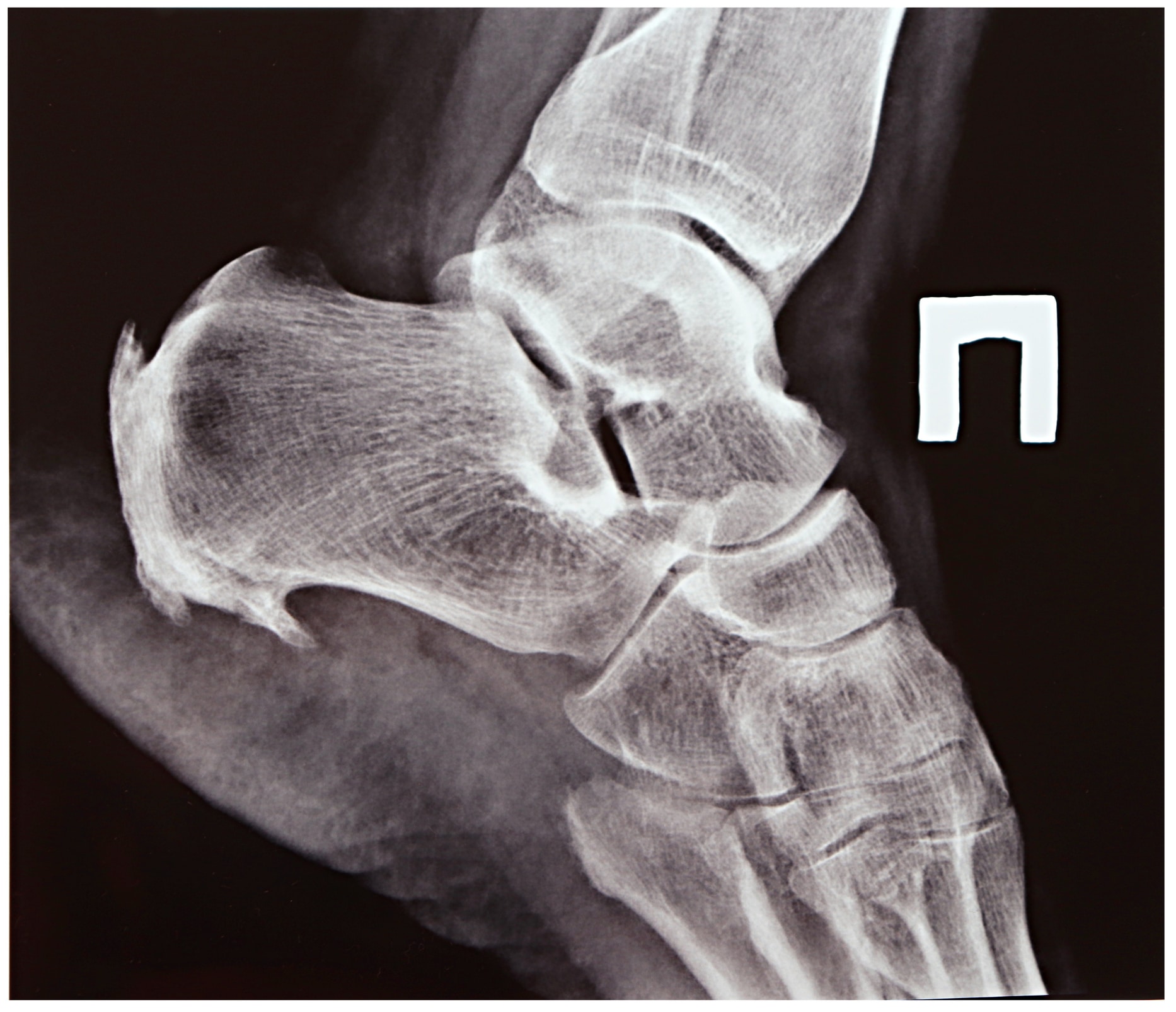
Plantar fasciitis VA ratings determine the degree of disability veterans experience due to this common foot condition, often linked to service-connected issues like flat feet. These ratings affect compensation and benefits. Understanding the VA’s process is crucial for veterans seeking support for their plantar fasciitis VA claim.
Did you know that plantar fasciitis is one of the most common foot conditions diagnosed among veterans? The relentless physical demands of military service—long marches, running in boots, and standing for hours on hard surfaces—place immense strain on the feet. Yet, many veterans are unaware of how the VA evaluates and rates this painful disability, potentially missing out on the benefits they rightfully deserve.
If you’re staring down the barrel of a VA disability claim for plantar fasciitis, you are not alone. The process can feel overwhelming, filled with complex regulations and documentation requirements. This article will walk you through every step, from understanding the condition and proving service connection to navigating the VA rating schedule, addressing secondary conditions, and successfully filing your claim to maximize your benefits.
What Is Plantar Fasciitis and How Does It Affect Veterans?
Plantar fasciitis is the inflammation of the plantar fascia, the thick band of tissue that runs across the bottom of your foot, connecting your heel bone to your toes. This condition is a leading cause of heel pain and is particularly common among veterans due to the intense physical activity and stress their feet endured during service.
This painful condition manifests as a sharp, stabbing pain in the bottom of the foot, near the heel. The pain is often most severe with the first steps in the morning or after long periods of rest. For veterans, this isn’t just a minor annoyance; it’s a chronic issue that can severely impact mobility and quality of life. The daily duties of military life—such as rucking with heavy gear, running on uneven terrain, and prolonged standing—are significant contributing factors. These activities can cause repetitive strain and micro-tears in the plantar fascia, leading to inflammation and chronic pain that persists long after service has ended.
How Does the VA Establish Service Connection for Plantar Fasciitis?
The VA establishes service connection for plantar fasciitis when a veteran provides medical evidence proving the condition began during, was caused by, or was aggravated by their military service. This link, or “nexus,” is the cornerstone of a successful plantar fasciitis VA disability claim.
To secure VA disability benefits, a veteran must demonstrate this connection through three key elements:
- Current Medical Diagnosis: A current diagnosis of plantar fasciitis from a qualified medical professional.
- In-Service Event or Injury: Evidence of an event, injury, or illness that occurred during service that could have caused or contributed to the foot condition.
- Medical Nexus: A medical opinion stating it is “at least as likely as not” that the condition is related to service.
Common ways to establish a direct service connection include showing that military duties, like frequent marching or running, caused the condition, or linking it to an in-service injury.
What Is the VA Disability Rating Schedule for Plantar Fasciitis?
The VA assigns ratings from 0% to 30%, depending on severity, whether one or both feet are affected, and responsiveness to treatment. Under Diagnostic Code (DC) 5276:
- 30% Rating: Severe, not responsive to treatment.
- 20% Rating: Responsive to treatment.
- 10% Rating: Compensable unilateral or bilateral cases.
- 0% Rating: Diagnosed but not severe enough for compensation.
How Is Plantar Fasciitis Rated VA?
The VA considers pain, tenderness, functional loss, and treatment history, documented through medical evidence and C&P exams.
What Is the Highest Rating for Plantar Fasciitis VA Disability?
The maximum schedular rating for plantar fasciitis is 30%, but secondary conditions (e.g., knee, hip, or back problems) and the bilateral factor can increase the overall combined rating.
Secondary Conditions and Related Issues
Can I Claim Disability for Flat Feet and Plantar Fasciitis?
Yes. Often, one condition causes or worsens the other, allowing for a secondary service connection claim.
What About Heel Spurs and Service Connection?
Heel spurs are often secondary to plantar fasciitis and can support higher ratings. They are evaluated as part of the overall foot condition.
How to File a VA Claim for Plantar Fasciitis
File VA Form 21-526EZ online, by mail, or in person. Provide a current diagnosis, evidence of service connection, and proof of severity. Include:
- Service treatment records
- Private medical records
- Nexus letter
- Buddy statements
Process for Increasing a Rating for Bilateral Plantar Fasciitis
File a new claim with updated medical evidence showing worsening symptoms. Expect another C&P exam.
FAQs and Common Concerns
Is plantar fasciitis the same as Morton’s neuroma in VA claims?
No, they are distinct conditions.
What is the VA rating for plantar fasciitis?
Ranges from 10% to 30% based on severity and treatment response.
Can you VA claim plantar fasciitis and flat feet together?
Yes, often filed as secondary conditions.
Does the VA pay for plantar fasciitis on each heel?
Yes, unilateral and bilateral cases are compensable.
Conclusion
Understanding how the VA evaluates and rates a plantar fasciitis VA claim is vital for any veteran seeking disability compensation. Strong documentation, a solid nexus letter, and awareness of secondary conditions can maximize your benefits.
If you feel overwhelmed by the process, VetsForever offers free consultations to help build your case.
Key Takeaways
Q: How does the VA rate plantar fasciitis?
A: From 10% to 30%, depending on severity, treatment response, and whether one or both feet are affected.
Q: Can flat feet increase my VA disability rating?
A: Yes, as a secondary condition.
Q: What evidence is needed to establish service connection?
A: Current diagnosis, in-service event, and a nexus letter.
Q: How do I file a claim for plantar fasciitis?
A: Submit VA Form 21-526EZ with all supporting evidence.
Q: What is the maximum VA disability rating for plantar fasciitis?
A: 30%, but secondary conditions can increase your combined rating.

